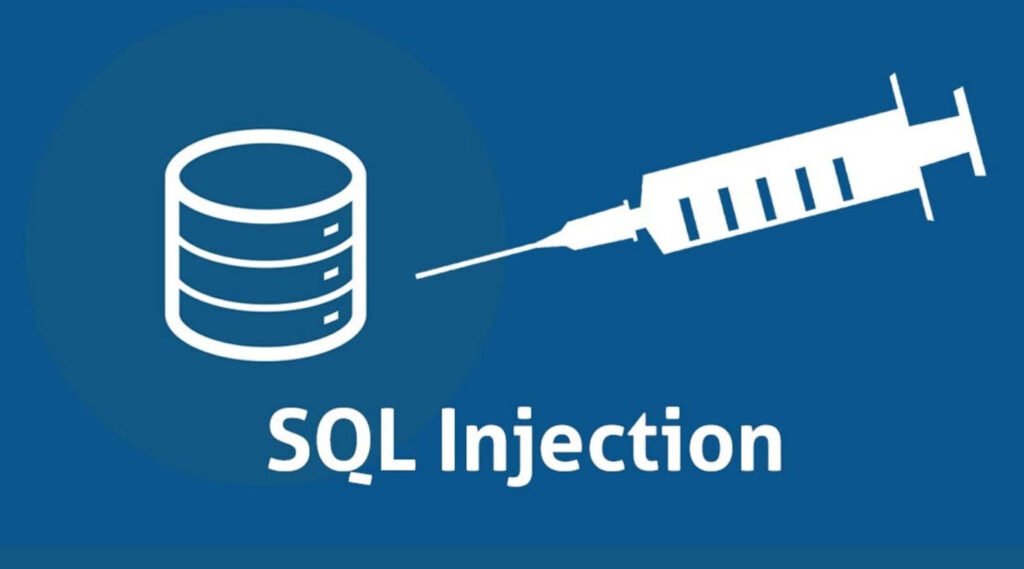SQL injection (SQLi) is a prevalent and dangerous attack vector that exploits vulnerabilities in a web application’s database layer. Attackers manipulate input fields to inject malicious SQL queries into an application’s database, potentially leading to unauthorized access, data theft, and other security breaches.
Understanding the different types of SQL injection is crucial for developers and security professionals to fortify their applications against these threats.
In this article, we will explore into various types of SQL injection techniques, each posing unique challenges and risks.
1. Union-based SQLi
Union-based SQL injection involves leveraging the UNION SQL operator to combine the results of the original query with those of an attacker-controlled query. By exploiting the structure of database tables, attackers can retrieve sensitive information, such as usernames and passwords, from other tables within the database.
2. Error-based SQLi
In error-based SQL injection, attackers intentionally force the database to generate an error. This error can provide valuable insights into the database structure, helping attackers tailor subsequent attacks more effectively. Developers can mitigate this risk by configuring databases not to reveal detailed error messages in a production environment.
3. Blind SQLi
Blind SQL injection occurs when an attacker does not directly receive the results of a manipulated SQL query in the HTTP response. Instead, they must infer success or failure based on the application’s response. Blind SQLi comes in two main forms:
- Time-based Blind SQLi
- Boolean-based SQLi
4. Time-based Blind SQLi
Time-based Blind SQL injection relies on the attacker inferring the success of a payload based on the time it takes for the server to respond. By introducing time delays in the injected queries, attackers can discern whether the injected payload executed successfully.
5. Out-of-Band SQLi
Out-of-Band SQL injection diverts the results of an SQL query to an external server controlled by the attacker, rather than retrieving them in the HTTP response. This technique is useful when traditional methods of extracting information are hindered by security measures.
6. Second Order SQLi
Second Order SQL injection, also known as delayed SQL injection, occurs when the payload is not immediately executed but stored by the application for later use in subsequent SQL queries. This makes detection and prevention more challenging.
7. Stored Procedure Attacks
Stored Procedure Attacks involve exploiting vulnerabilities in stored procedures within a database. Attackers can call stored procedures from the injection point to gain unauthorized access or manipulate data.
8. Function Call Payloads
Function Call Payloads involve injecting SQL queries that call database functions, potentially leading to unauthorized execution of these functions with malicious intent.
9. Boolean-based SQLi
Boolean-based SQL injection involves sending SQL queries that return different results based on whether the specified condition in the query is true or false. Attackers can iteratively refine their queries until they extract the desired information.
10. Content-based SQLi
Content-based SQL injection relies on manipulating SQL queries based on the content of the HTTP response. By crafting queries that produce different responses, attackers can infer information about the database structure and contents.
Conclusion
As cyber threats continue to evolve, understanding the diverse techniques employed in SQL injection attacks is crucial for building robust and secure applications. Developers should implement best practices, such as input validation, parameterized queries, and proper error handling, to defend against these threats.
Regular security assessments and penetration testing can help identify and address vulnerabilities before they are exploited by malicious actors, ensuring the integrity and confidentiality of sensitive data in web applications.




Pingback: SQL Injection Testing Checklist - A Comprehensive Guide - Tech Hyme